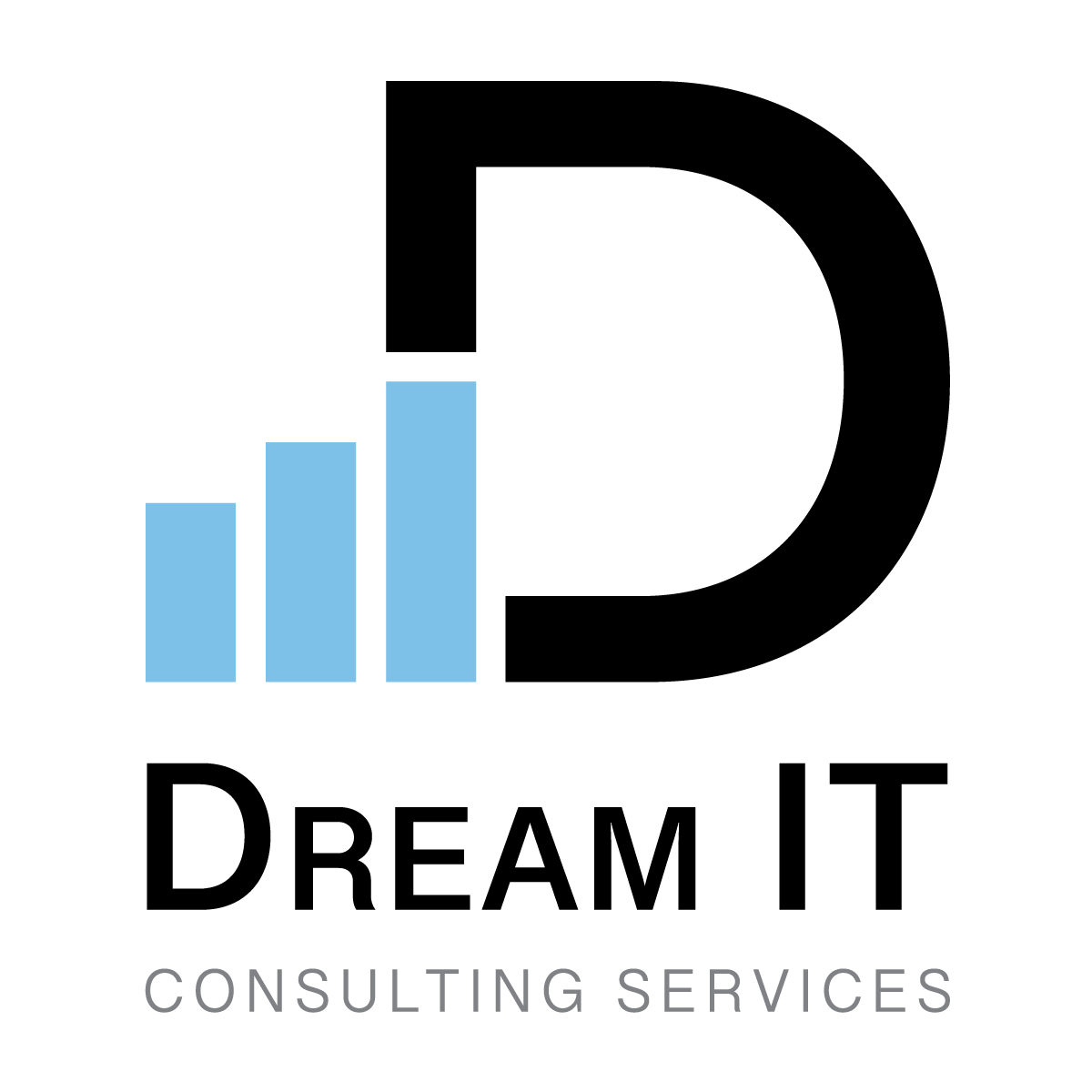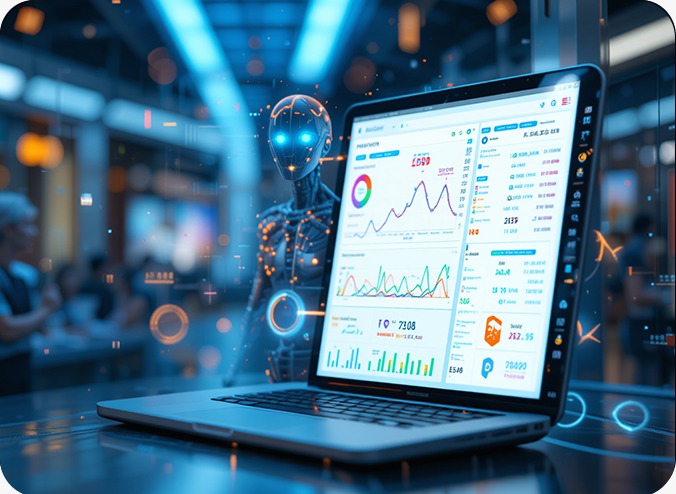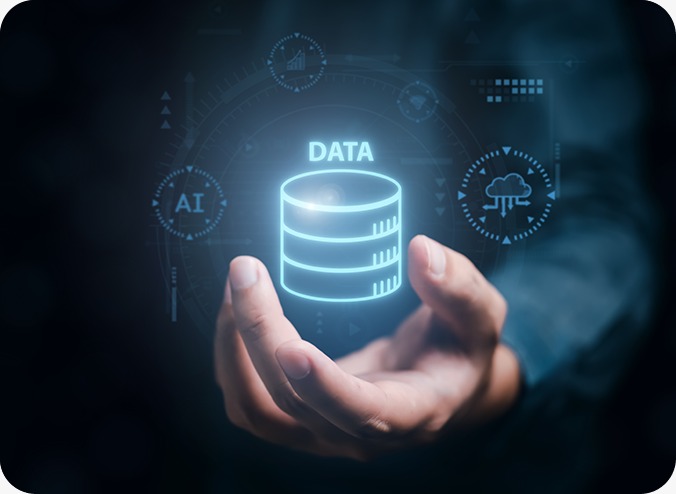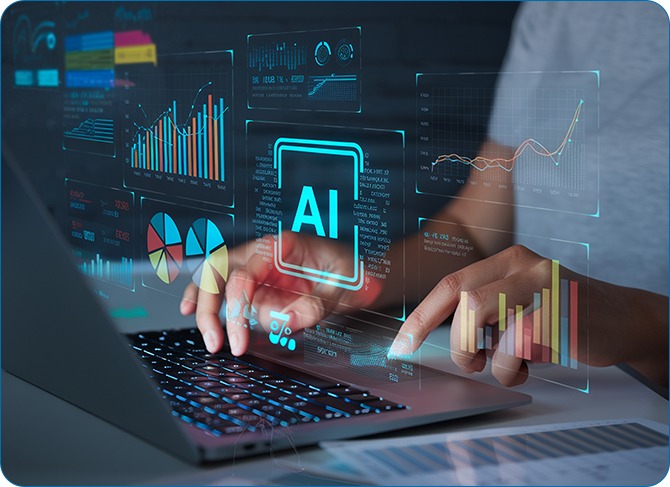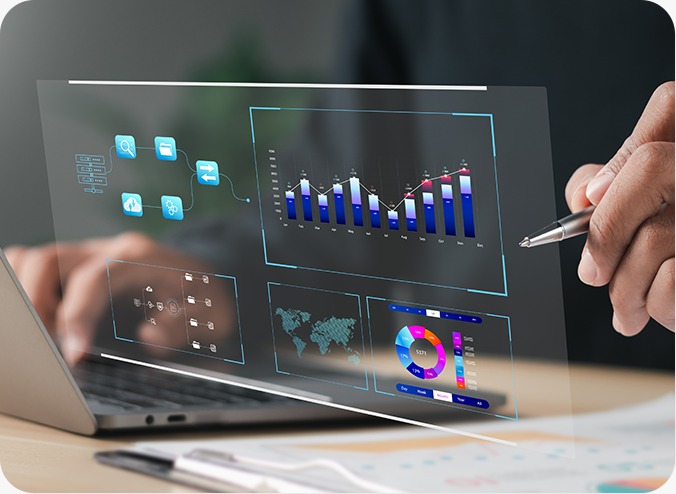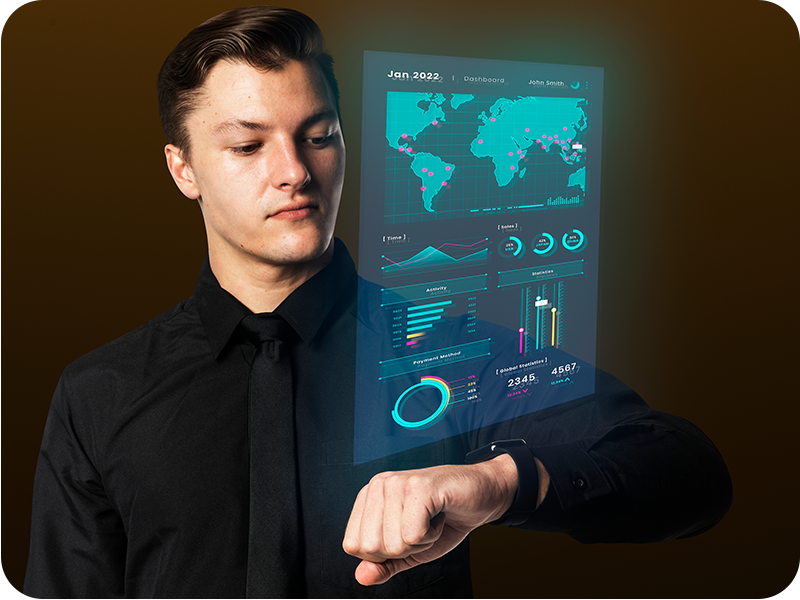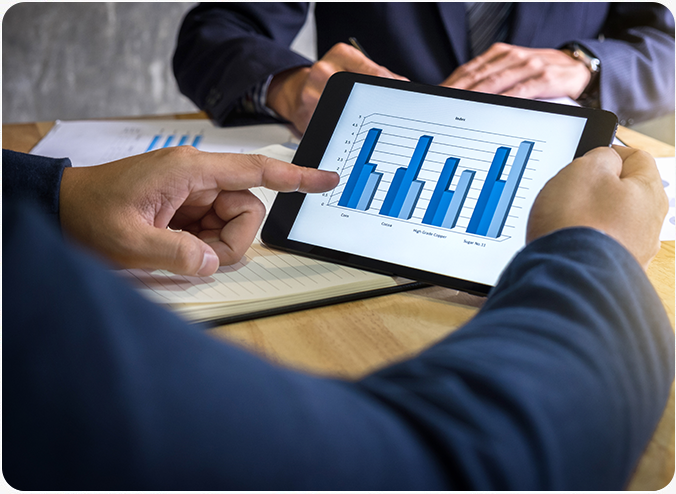Predict, Prevent, Personalize: How Real-Time Analytics is Reshaping Patient Care
Jul 31
•10 min read
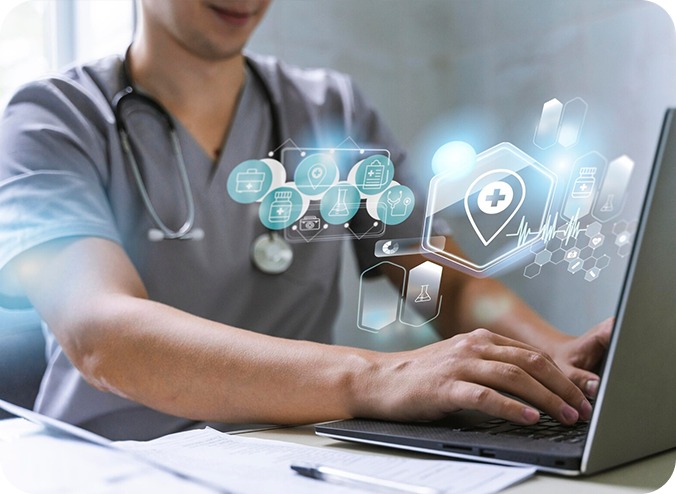
It is at 6 am in a metropolitan hospital. Before the first innings begins, the hospital's dashboard has flagged off a discrepancy: an unusual spike in the trend of ER entry in the last three Mondays due to an increase in respiratory cases. Immediately, a team of physicians is alerted, additional employees are determined, and the oxygen supply is resumed, all before the patient walks. This is not a future dream. This is the power of real time healthcare analytics in action.
As the healthcare industry moves towards digital changes, the focus is shifting to the future, preventive and personal care from reactive treatment. This is possible by adopting real time patient data and analytics, which helps healthcare organizations to estimate health issues, prevent complications, and tailor treatment for each patient's unique profile.
Why real time healthcare analytics matters
The explosion of healthcare data presents an unprecedented opportunity to improve the results, if correctly exploited. According to statistics, the global healthcare data volume is estimated to exceed 10,000 exabytes by 2025, a significant jump from 2,314 exabytes in 2020. But raw data does not improve care alone. What does it do? Turn that data into actionable insight through real time healthcare analytics.
Let’s break down how a predictive-preventive-personalized model works, and how to change the care of the patient:

1. Predict: forecast health results before symptoms appear
Predictive Analytics in Healthcare uses algorithms, historical health records, and machine learning, leading to predictions of potential health risks. For example, hospitals using real-time analytics platforms such as Microsoft Azure and Striim have enabled ER visits, ICU entry, and anticipate chronic illness with amazing accuracy.
A notable success story comes from the Medical University in South Carolina (MUSC), where real-time data sections from the Electronic Health Records (EHRS) are combined with AI to detect the initial signals of sepsis, which improves the rates of detection up to 32%.
( Source: National Institutes of Health (NIH) | (.gov) )
Example:
Hospitals using time-series models can predict daily patient admissions and resource demands. This allows teams to prepare staff schedules, equipment needs and even room allocation hours.
2. Prevent: Constantly managing health risks before growing
Prevention is not only about avoiding the disease - it is the growing timely intervention. Real time patient data enables data care teams to monitor patients with constant risk and flag the initial warning signals.
Example:
Wearable techniques such as Apple Watches or Fitbits can track unusual heart rhythms. A 12-year-old girl was involved in a real-world case, which was alerted for immediate care by her smartwatch; later, a rare tumor was detected.
Stat: According to the CDC, timely intervention can be admitted to the hospital related to chronic disease by up to 60%. Real-time analytics plays a major role in it, which suggests that a situation may worsen.
3. Personalize: Tailoring Care to the Individual
Each patient is unique, and general treatment plans are no longer enough. Real time health care allows analytics providers to personalize care on genetic data, lifestyle, environmental factors and ongoing monitoring. It is particularly important in the management of chronic diseases such as diabetes or heart disease.
Example: Discovery Health, taking advantage of the change data capture technique of stream, reduced its data processing time from 24 hours to seconds. This enabled them to offer real-time personal healthcare plans and encourage healthy options among members.
The Role of the Data Analytics Consultant
Infection for a future saying and preventive healthcare model is not only about technology - this requires strategic guidance. This is where a data analytics consultant becomes necessary.
Advisors assess your existing infrastructure, define KPI, integrate AI tools, and apply platforms such as Microsoft Azure to integrate data sources.
ALSO READ : Data Governance in Healthcare
Real-Time Analytics Use Cases:
- Disease outbreak management: To scan CT images in seconds, equipment such as Infrade was used during COVID-19 to identify lung damage and help with rapid diagnosis.
- Staff allocation: Using historical trends, the number of patients is estimated in Intel-supported hospitals, and the shifts of employees are adapted to reduce burnout.
- Resource management: platforms such as Kinetica helped allocate PPEs and redirected patients depending on real-time hospital capacity.
FAQS: Real-Time Healthcare Analytics and Patient Care
Q1. What is real-time healthcare analytics?
A: This is the process of collecting, processing and analyzing healthcare data as it arises to make decisions and improve patient results.
Q2. How does predictive analytics in healthcare work?
A: It uses algorithms and machine learning to analyze historical and current data, identify trends and predict potential health phenomena.
Q3. What are the benefits of real-time patient data?
A: Real-time data allows health issues, rapid response time, personal treatment plans and preliminary detection of better resource allocation.
Q4. Why do I need a data analytics consultant?
A: Advisors bridge the gap between IT and clinical operations, aligning with data strategy, care objectives and compliance requirements.
The Future of Care is Predictive, Preventive, and Personal
Real-time healthcare analytics is no longer good. This is necessary for any further thinking institution. From the increase in ER readiness to customise the patient care routes, the future analysis in the healthcare ensures that each decision is data-informed, timely and focuses on the patient.
Dream IT Consulting Services empowers hospitals and healthcare providers with real-time patient data solutions. Our experts apply scalable systems that integrate the future model, support compliance, and provide average improvement in the patient's care.
Share with your community!
